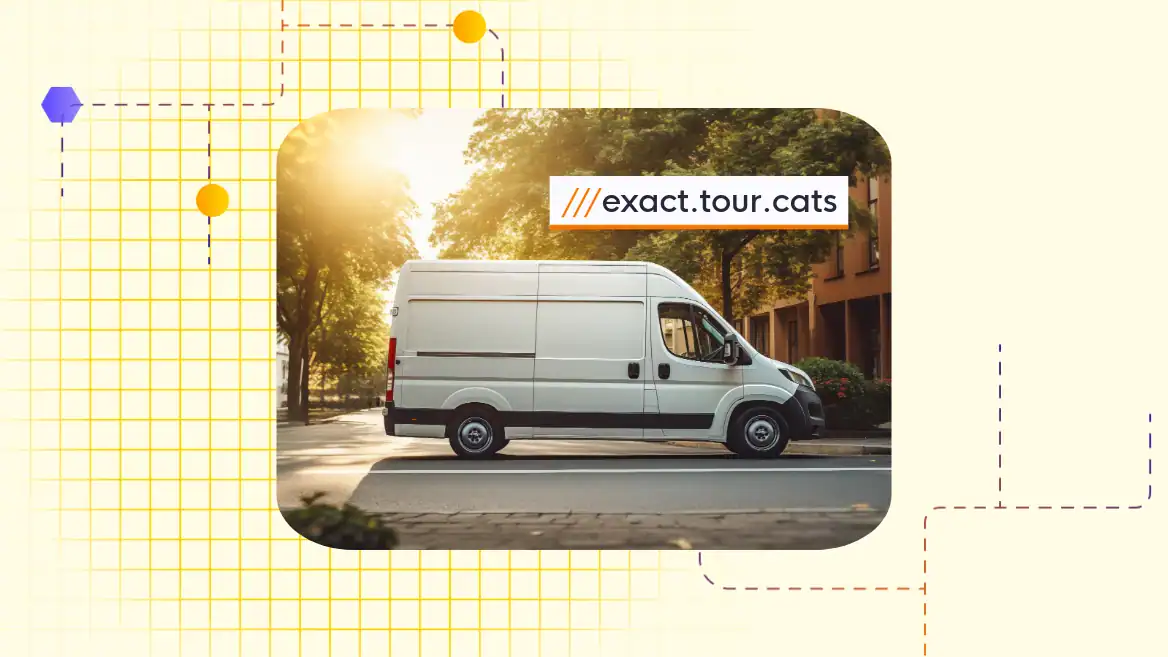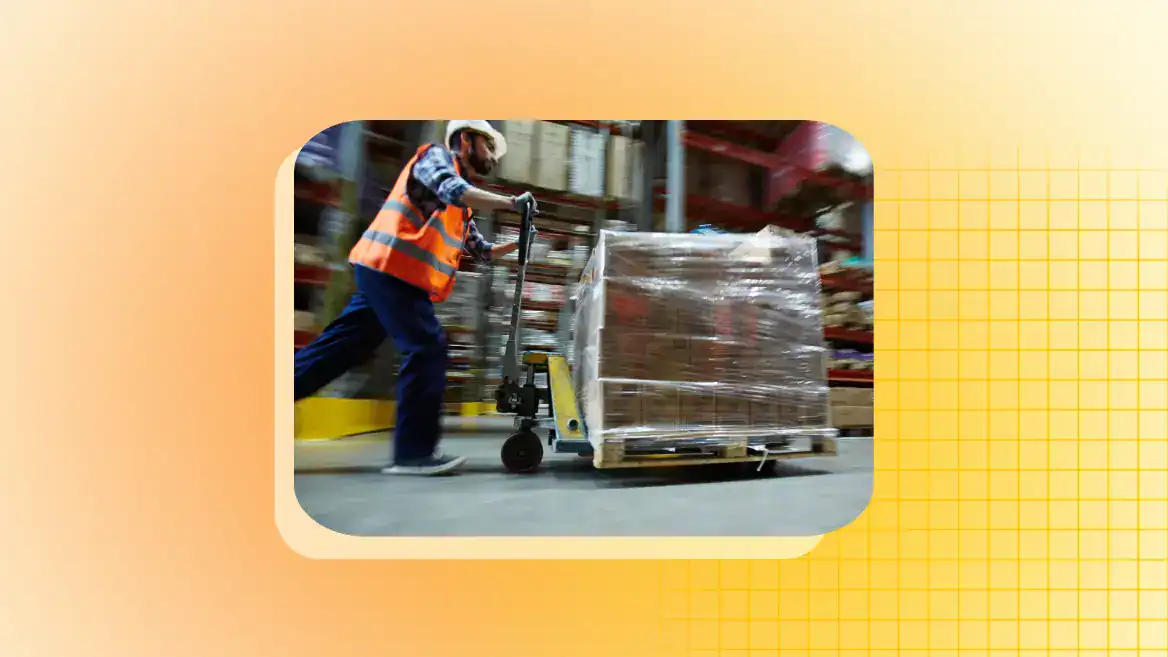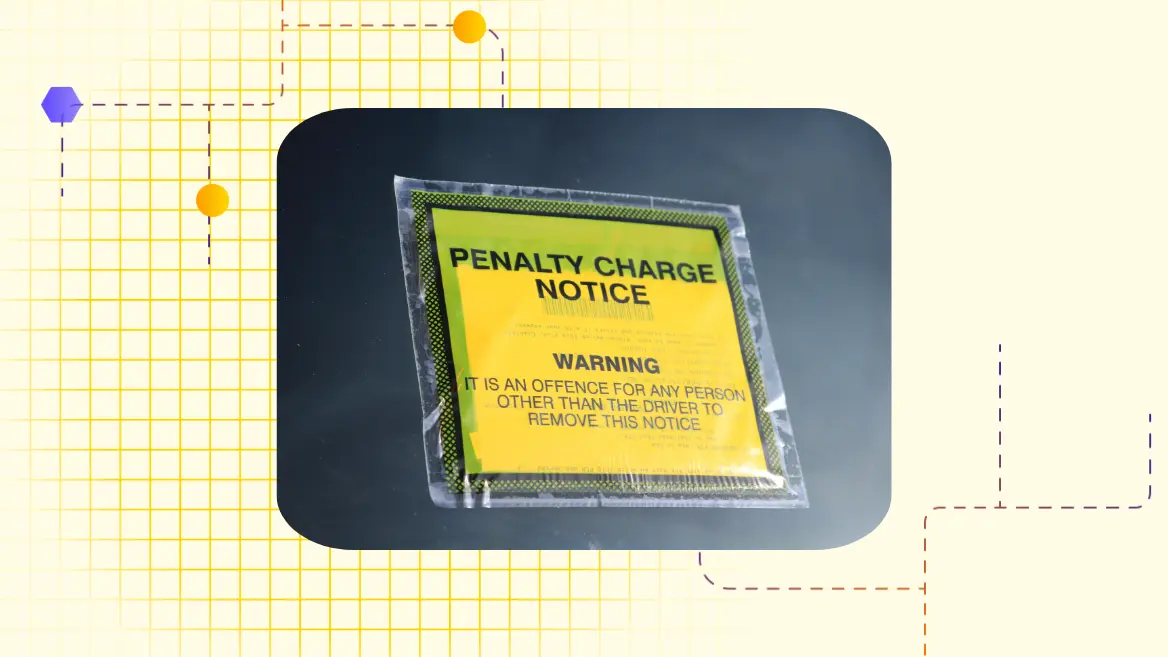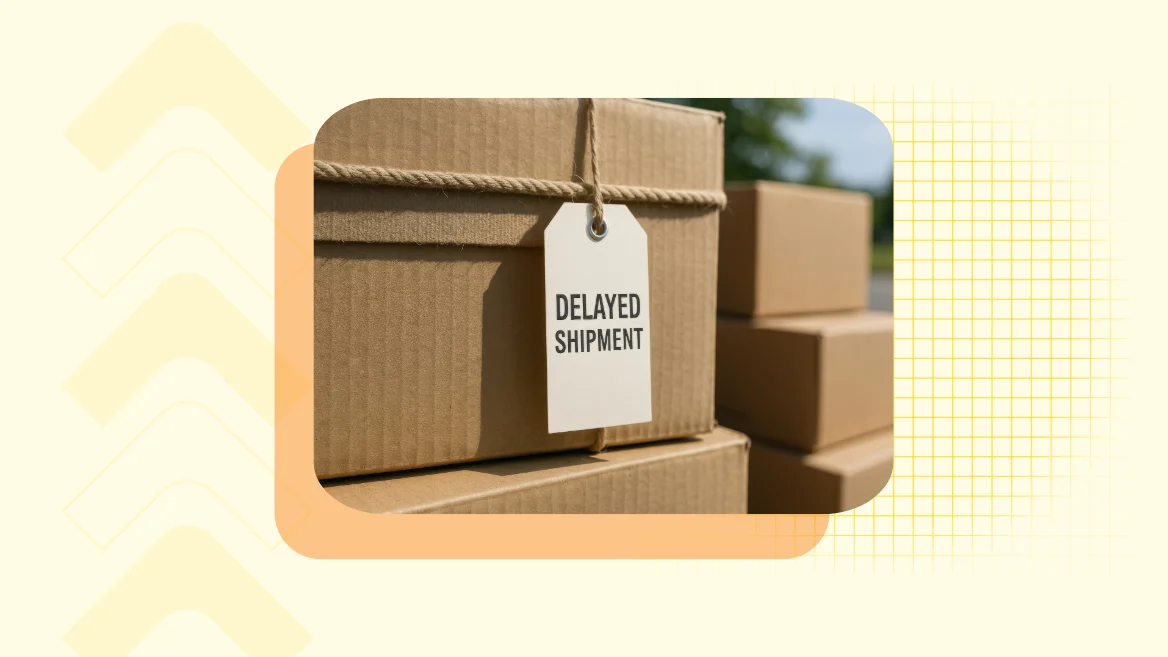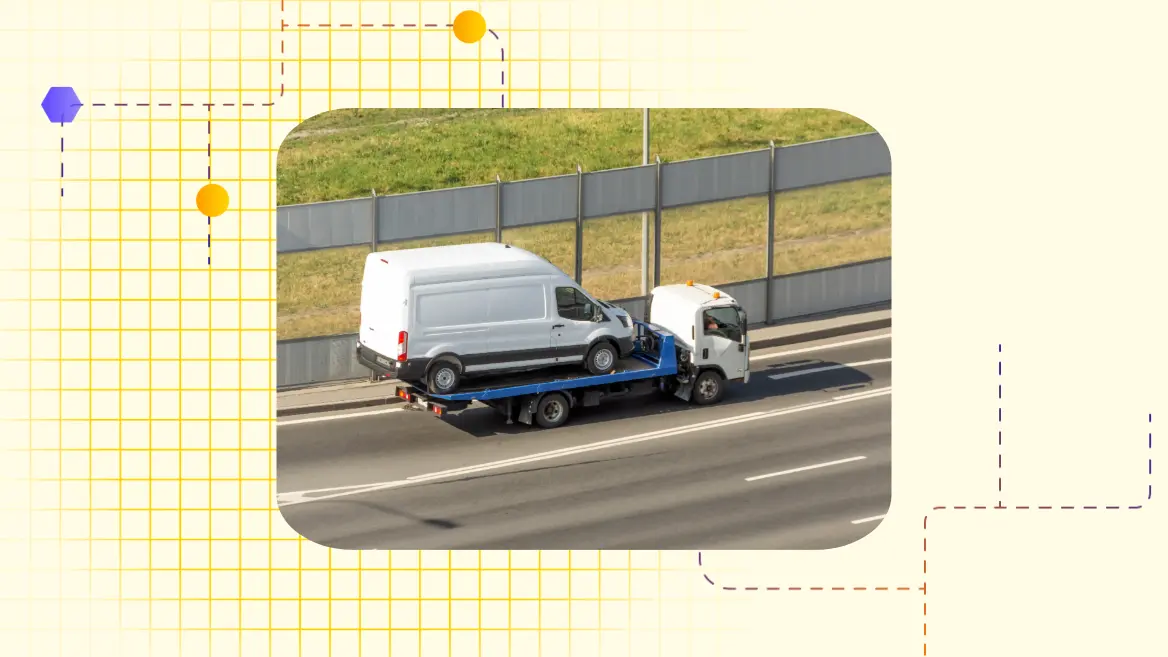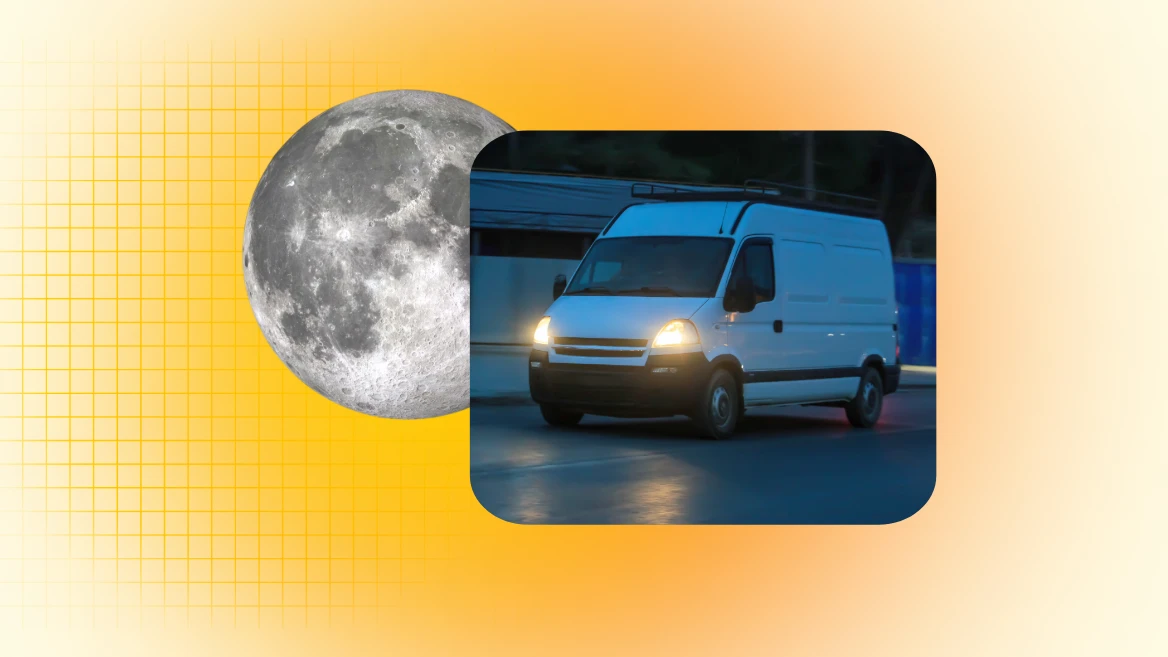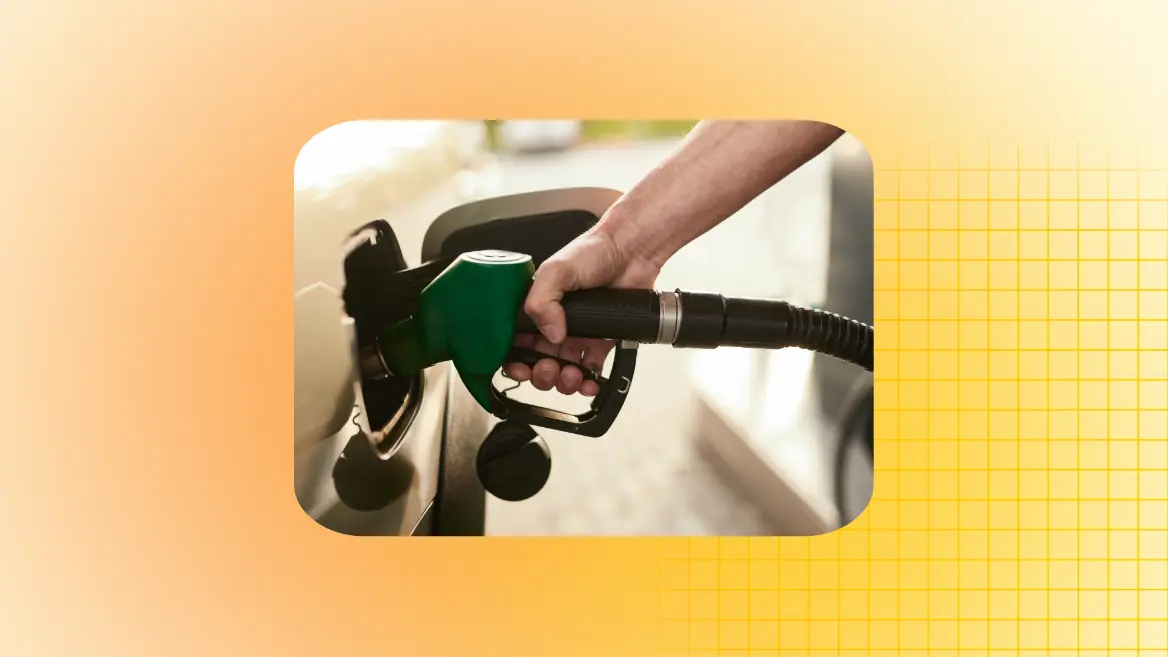- How we help you
Back
- Owner drivers
Back
- All benefits
- Calculate earnings
- Find loads & return journeys
- Leave multidrop
- Expand your network
- Manage finances
- Courier companies
Back- All benefits
- Calculate earnings
- Find loads & return journeys
- Reduce dead miles
- See average courier rates
- Find subbies
- Manage your fleet
- Shippers
CX Academy
Solutions
Resources
Support
About
2000 - 2025. Transport Exchange Group Ltd, Reg No. 3464353 © E&OE
- Owner drivers


